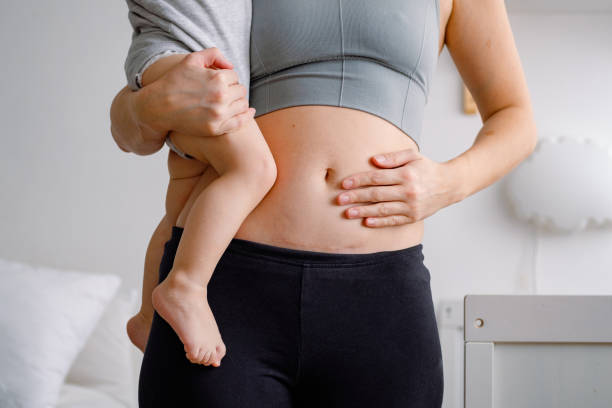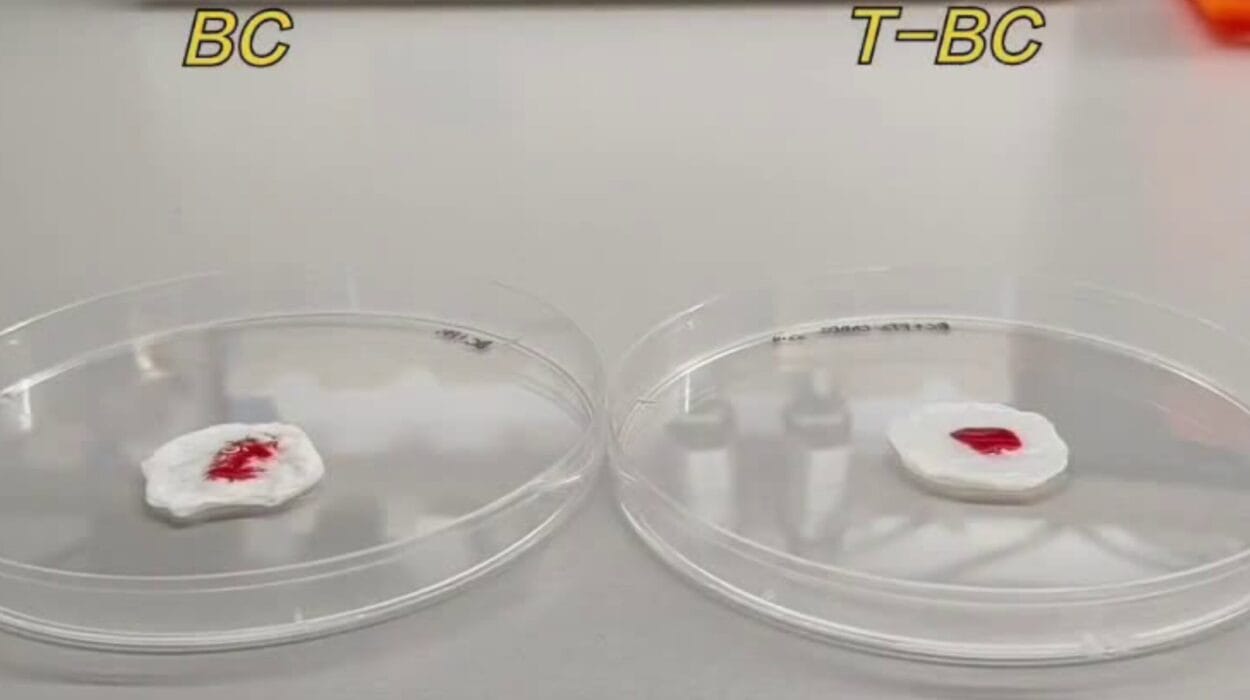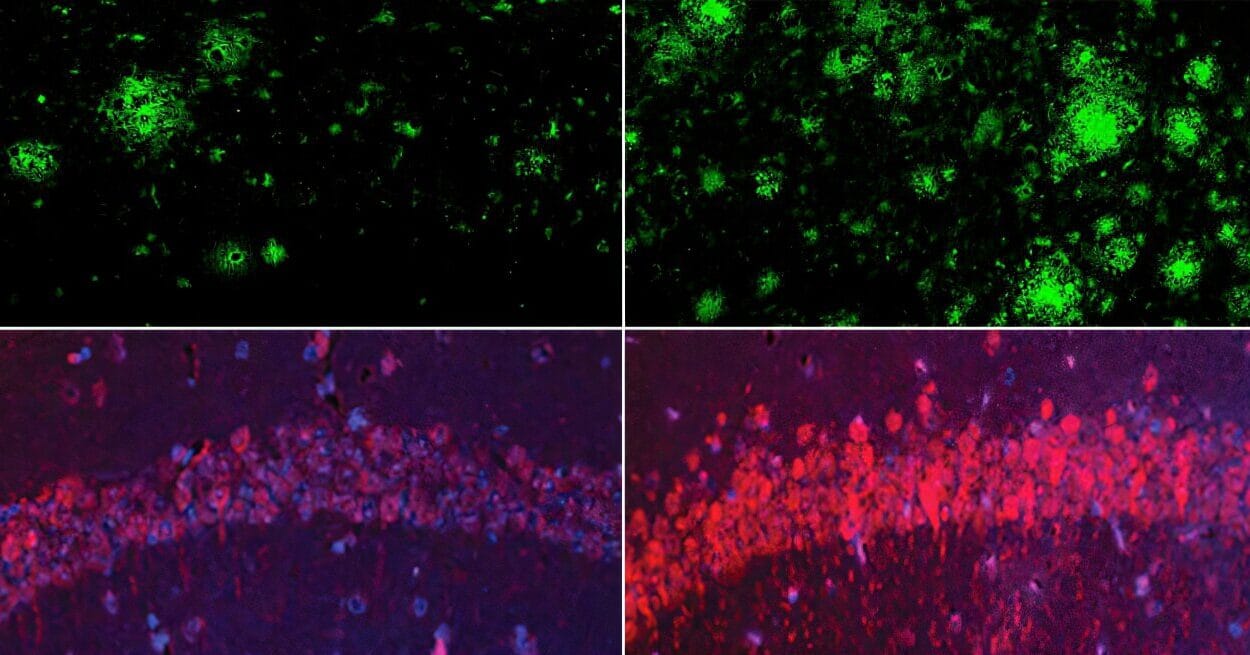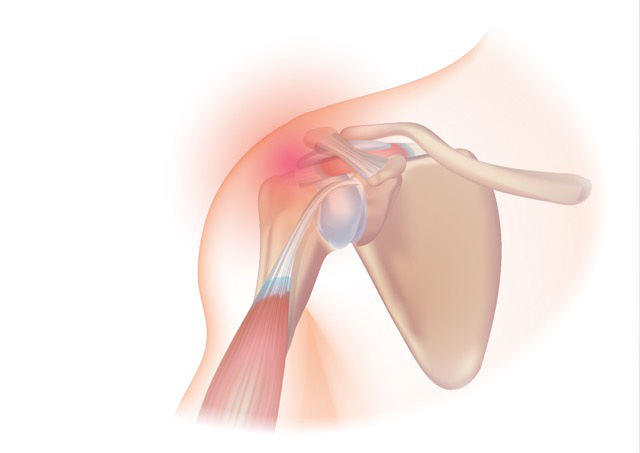Welcoming a baby is one of the most transformative experiences in a woman’s life, but it also brings immense physical changes. Among these changes, the state of your core muscles—the foundation of your body’s strength and stability—often undergoes significant stress and transformation during pregnancy and childbirth. Rebuilding your core postpartum is not just about getting back into shape; it’s about reclaiming your body’s function, alleviating discomfort, and restoring confidence. This journey is unique for every woman, blending patience, knowledge, and mindful effort.
Understanding Your Core: More Than Just Abs
When we talk about the core, many envision a six-pack or toned abdominal muscles. However, your core is a complex system of muscles that includes not just the rectus abdominis (the “six-pack” muscle), but also the transverse abdominis, internal and external obliques, pelvic floor muscles, diaphragm, and muscles of the lower back. Together, these muscles form a supportive corset that stabilizes your spine, supports your pelvis, and allows for efficient movement.
During pregnancy, your growing baby pushes against your abdominal wall, stretching these muscles—especially the transverse abdominis and rectus abdominis. This stretching can lead to a condition known as diastasis recti, where the two sides of the rectus abdominis separate, creating a gap in the middle. This separation weakens your core and can contribute to lower back pain, pelvic discomfort, and challenges with posture and balance.
Understanding this anatomy and the impact of pregnancy on your core is essential as you begin the process of rebuilding. It’s not about rushing to do crunches or intense ab workouts; it’s about gentle reconnection and gradual strengthening.
The Immediate Postpartum Phase: Healing and Connection
The weeks immediately following childbirth are a critical time for healing. Your body has just undergone one of its most intense physical events, and your core muscles are tender, stretched, and often weak. Many new mothers feel a mix of excitement and frustration, eager to “bounce back” but unsure where to start safely.
The first step in postpartum core recovery is prioritizing healing over aesthetics. Gentle breathing exercises can be powerful during this phase. Deep diaphragmatic breathing helps activate the core muscles and pelvic floor, improving circulation and encouraging relaxation. Lying on your back with knees bent, slowly inhale into your belly, feeling it expand like a balloon, and exhale while drawing the belly button gently toward the spine. This mindful breathing reconnects you with your core in a non-threatening way.
It’s also important to listen to your body and honor its limits. Activities that strain your abdominal muscles or involve heavy lifting should be avoided initially. Rest, nutrition, and hydration are your allies, providing the foundation for strength to rebuild.
Reconnecting the Core: Gentle Engagement and Awareness
As the weeks progress, usually after about six weeks postpartum (though this varies widely), you can begin gently engaging your core muscles with more intention. This phase is about reestablishing neuromuscular control—teaching your brain and muscles to work together again after months of altered function.
One effective method is incorporating pelvic floor engagement with core activation. These two muscle groups function as partners, supporting internal organs and maintaining intra-abdominal pressure. Many women find that kegels or pelvic floor exercises alone don’t address the whole picture, so integrating them with abdominal engagement creates a balanced approach.
Imagine gently drawing your pelvic floor muscles upward and inward as if stopping the flow of urine, then lightly pulling your lower belly toward your spine without holding your breath or tensing your shoulders. This action, done slowly and with control, awakens your core without strain.
Throughout this phase, posture plays a significant role. Pregnancy and postpartum changes often shift your alignment forward, causing increased lumbar lordosis (an exaggerated lower back curve). Paying attention to standing and sitting tall, with shoulders relaxed and spine neutral, aids core muscle engagement and prevents compensatory patterns that can lead to pain.
Navigating Diastasis Recti: Healing the Gap
For many postpartum women, diastasis recti (DR) is a key concern. This condition involves the separation of the rectus abdominis muscles along the linea alba, the connective tissue running down the middle of your abdomen. DR can vary from mild to severe and may cause a visible bulge or “pooch” when you engage your core or strain.
Understanding the nature of DR is vital. It’s not simply a cosmetic issue but a functional one. The gap affects your core’s ability to stabilize your spine and pelvis, increasing the risk of lower back pain, pelvic floor dysfunction, and hernias if not addressed.
The good news is that many women can improve or fully heal their diastasis with proper care and targeted exercises. Avoiding traditional crunches or sit-ups is essential initially because these movements can worsen the separation. Instead, focus on exercises that promote tension along the linea alba, drawing the muscles back together.
Breathing exercises that coordinate with gentle abdominal engagement, pelvic tilts, and modified planks under the guidance of a trained specialist are often effective. Professional assessment by a pelvic floor physical therapist can be invaluable to measure the extent of DR and tailor a program suited to your body.
The Role of Pelvic Floor in Core Recovery
Often overshadowed by the focus on abdominal muscles, the pelvic floor is a cornerstone of core strength and postpartum recovery. Pregnancy and delivery place immense stress on these muscles, which can lead to weakness, prolapse, incontinence, or discomfort during intimacy.
Rebuilding your pelvic floor goes hand in hand with core strengthening. When pelvic floor muscles are weak or dysfunctional, the rest of your core compensates, creating imbalances and tension. Conversely, a strong and responsive pelvic floor supports your lower back, improves posture, and enhances your overall sense of stability.
Pelvic floor exercises should be approached with care, especially if you experience pain or have had a cesarean section or complicated delivery. Learning to relax and contract these muscles properly—rather than gripping or pushing—is a skill that can be developed through mindful practice and, often, professional guidance.
As your pelvic floor gains strength and coordination, you’ll notice improvements not only in bladder control and pelvic support but also in your core engagement during daily activities and exercise.
Gradual Strengthening: From Gentle Movements to Functional Fitness
After the initial healing and reconnection stages, usually around three to six months postpartum depending on your individual recovery, you can begin more dynamic strengthening exercises. These workouts focus on improving endurance, balance, and overall core function rather than just aesthetics.
Gentle Pilates, yoga, and functional movement training can be excellent options. These modalities emphasize controlled movement, breath, and alignment, all of which support core rebuilding. Movements that engage your deep core muscles while also challenging your balance, such as bird-dogs or bridges, help build strength in a safe and effective way.
Functional fitness is about reclaiming your body’s ability to move with ease and confidence in everyday life—whether it’s lifting your baby, carrying groceries, or simply standing without discomfort. This stage involves learning how to integrate your core engagement with movement patterns, improving posture, and reducing compensatory strain on other parts of your body.
It’s important to progress slowly and honor your body’s signals. Some days might feel easier than others, and pushing too hard too soon can lead to setbacks.
Nutrition and Lifestyle Factors in Core Recovery
While exercise is a central part of rebuilding your core, nutrition and lifestyle choices play equally important roles. Healing requires adequate protein, vitamins, and minerals to support tissue repair and muscle growth. Staying hydrated also helps maintain tissue elasticity and overall energy.
Sleep, though often elusive for new mothers, is a powerful healing tool. Rest supports hormonal balance and helps reduce inflammation, both of which contribute to muscle recovery.
Managing stress is another critical factor. Chronic stress floods the body with cortisol, a hormone that can hinder muscle repair and contribute to abdominal fat accumulation. Mindfulness practices, meditation, or simply carving out moments of calm can enhance your body’s ability to heal.
Addressing Common Challenges and Misconceptions
Many women face doubts and frustrations in their postpartum core recovery journey. The pressure to “bounce back” quickly, often fueled by social media and unrealistic portrayals, can lead to discouragement or even injury.
It’s essential to recognize that rebuilding your core is not about returning to a pre-pregnancy body overnight but about creating a sustainable foundation for strength and health that will serve you for life. Some women may struggle with persistent diastasis, pelvic pain, or back issues that require ongoing support.
Seeking guidance from qualified professionals—such as pelvic floor physical therapists, postpartum fitness specialists, or physiotherapists—can make a tremendous difference. These experts understand the nuances of postpartum bodies and can help customize your approach.
The Emotional and Psychological Dimension of Core Recovery
Rebuilding your core postpartum is as much a mental and emotional process as it is physical. Your body has changed in profound ways, and reconnecting with it can be empowering but also vulnerable.
Many women experience feelings of frustration, loss, or disconnection from their bodies after childbirth. The shift from pregnancy to motherhood can challenge identity, self-esteem, and body image.
Embracing compassion for yourself, celebrating small victories, and surrounding yourself with supportive communities—whether online groups, friends, or postpartum fitness classes—can enhance your motivation and sense of belonging.
Remember, your core strength is intertwined with your sense of self. Each step you take towards healing is a step toward reclaiming your confidence and joy.
Looking Forward: Core Strength as a Lifelong Journey
Postpartum core recovery is not a one-time fix but the start of a lifelong relationship with your body. As your child grows and your life evolves, your body will continue to adapt, and nurturing your core will remain an important part of your health.
Incorporating regular movement, mindful posture, and attention to your body’s signals can prevent many common issues such as back pain or pelvic floor dysfunction later in life. Your core will support you not only through motherhood but throughout every stage of life.
By honoring your body’s unique postpartum journey, you cultivate resilience and strength that transcend physicality, enriching every aspect of your wellbeing.






